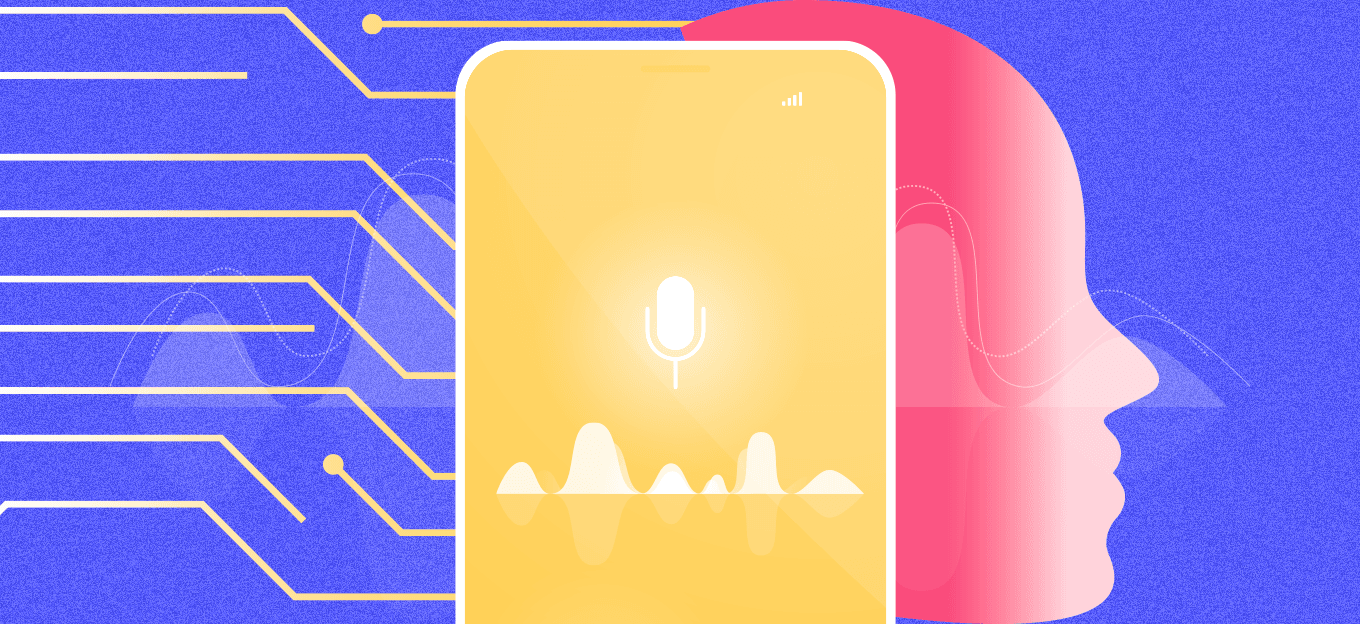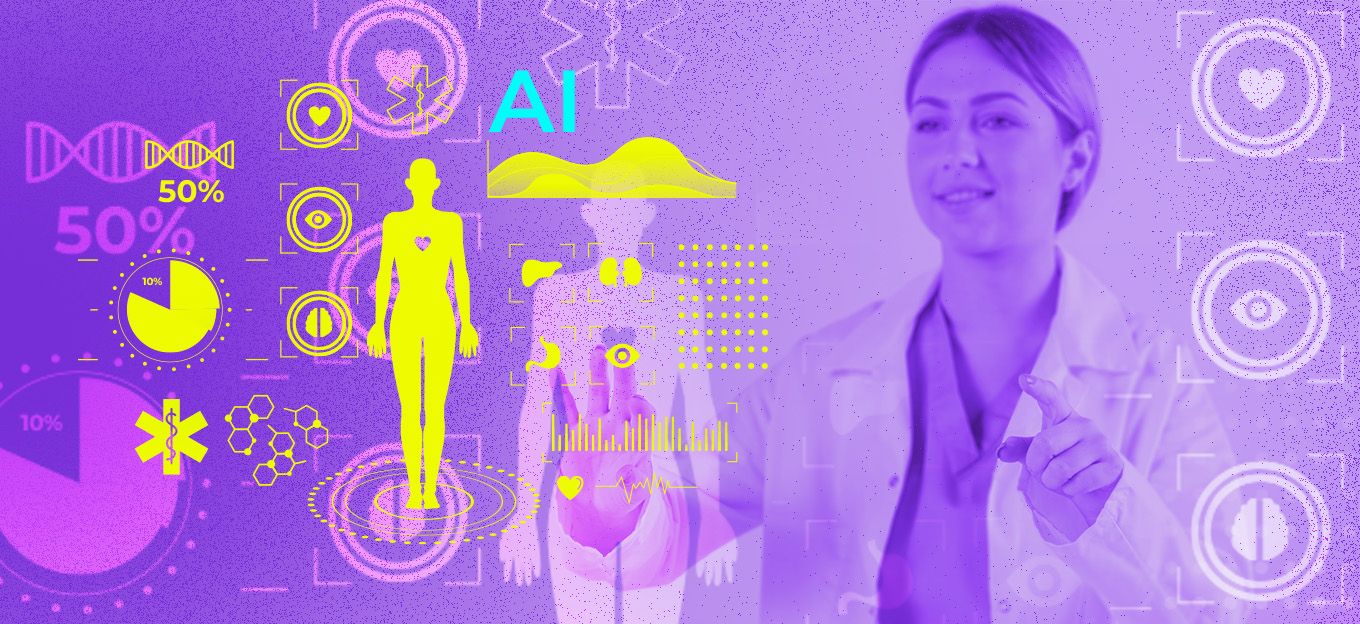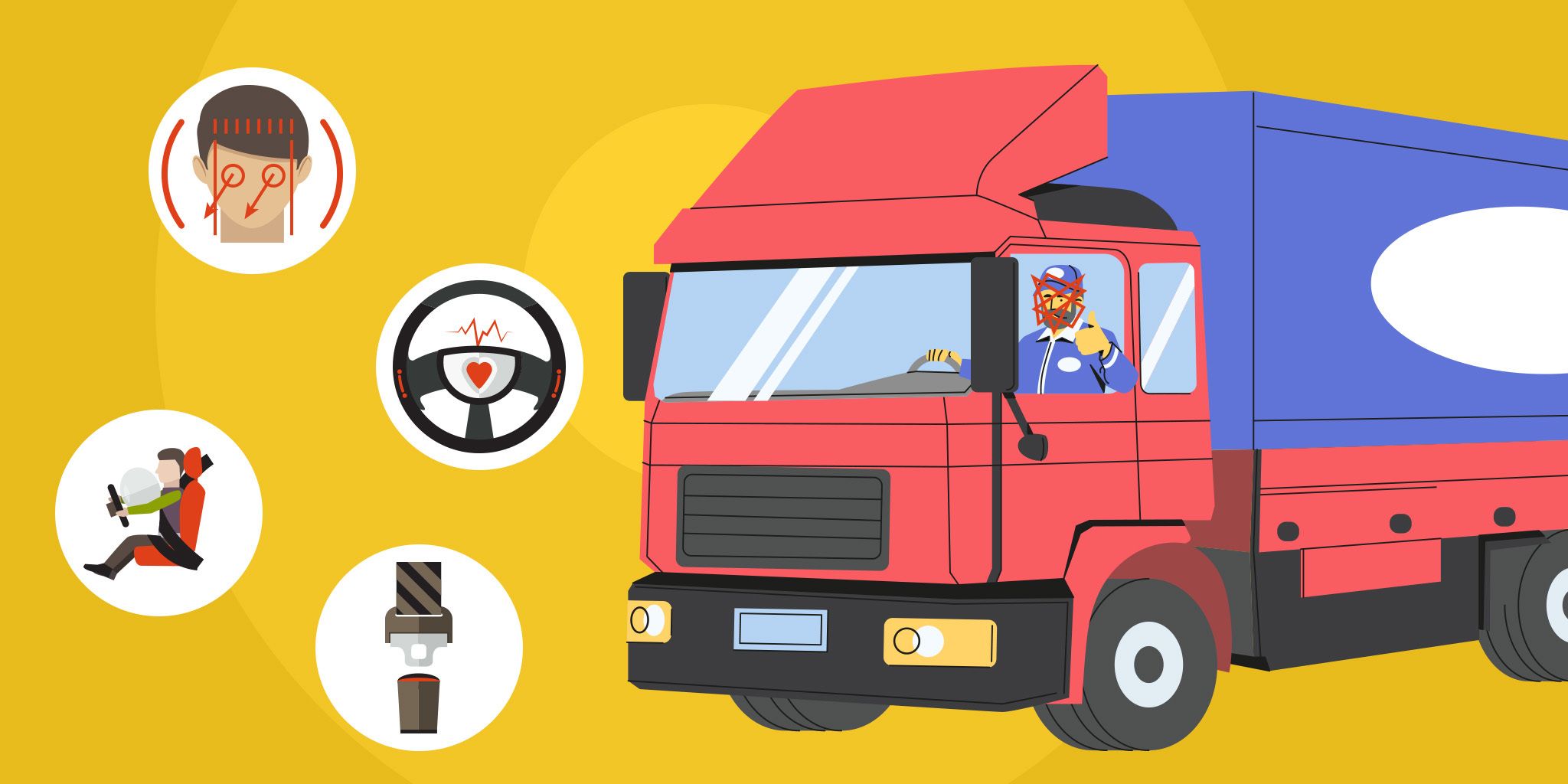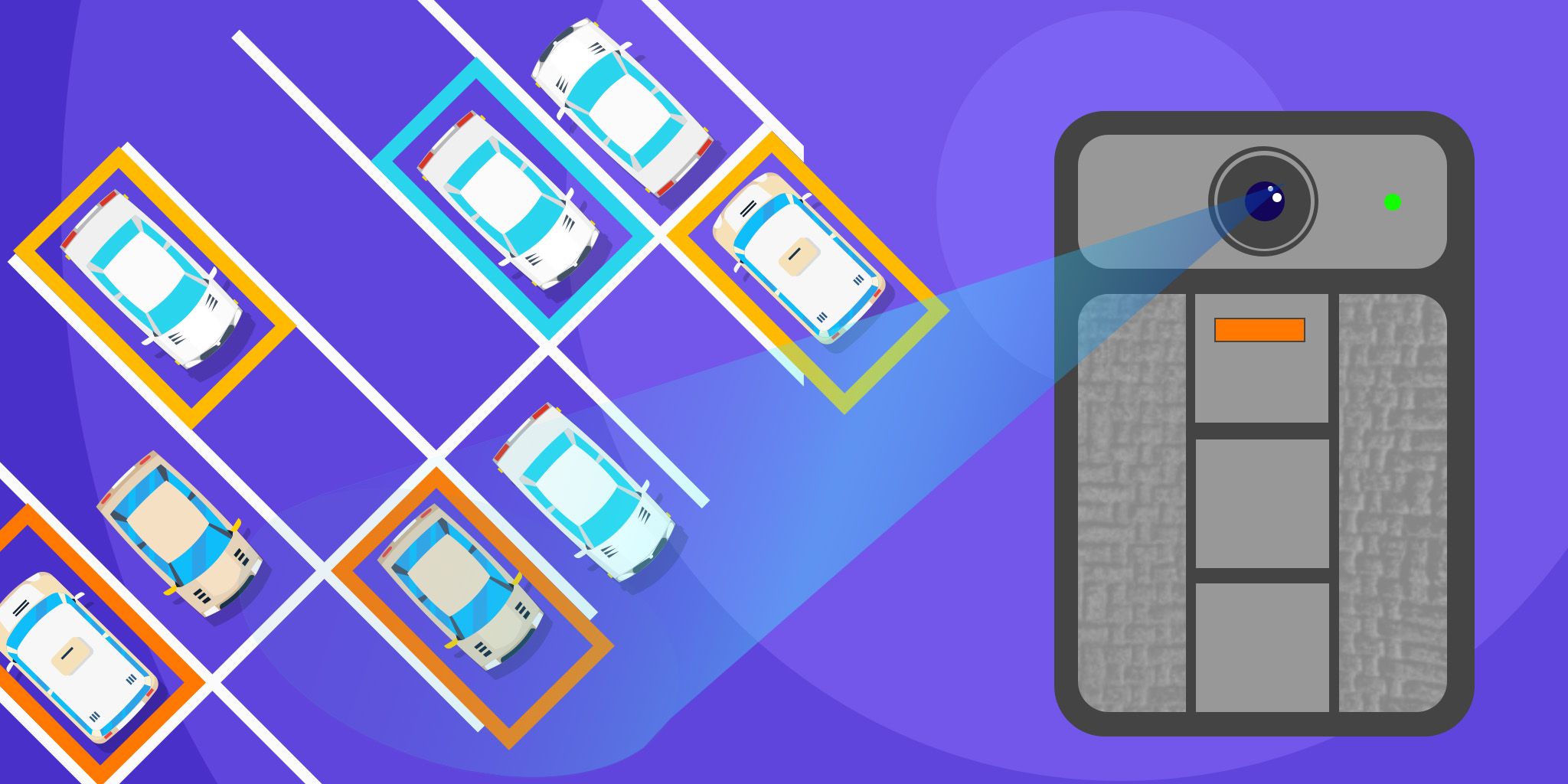Top AIoT Trends to Watch in 2025 and Beyond
Top AIoT Trends to Watch in 2025 and Beyond
- Last Updated: July 2, 2025
Deepak Saini
- Last Updated: July 2, 2025



IoT (Internet of Things) and AI (Artificial Intelligence) are two robust technologies that have different purposes but can do wonders when combined. The Internet of Things connects physical devices and gathers real-time information.
Whereas AI is all about making decisions and learning from data. However, each technology has strong benefits individually, but when combined both technologies give rise to AIoT, which might be new for many but yet holds great potential.
AIoT empowers connected devices by allowing them to do more than communicate. With AIoT, they can now process information, make predictions about what will come next, and make decisions on their own.
The blend of these two technologies (IoT and AI) is reshaping industries by changing the way how they operate traditionally. Moreover, this blend drives efficiency, and safety and enhances smart interactions in many sectors.
AIoT is evolving at a rapid pace in 2025 and is all set to become more advanced and accessible in everyday life. Let's take a look at some of the key trends that are driving this transformation and shaping the future of intelligence.
Popular Trends to Watch in 2025
With time AI is becoming more robust and connected devices are becoming more accessible, by seeing this growth it's not wrong to say that AIoT is no longer just a concept, today it is a driving force for real-world applications across many industries.
1. Edge AI is Becoming the New Normal
AIoT is continuously growing, and one of the most important areas driving this growth is edge AI, where devices analyze data directly without sending it to the cloud. This approach makes systems faster, more reliable, and more responsive—critical for situations that demand immediate action, such as self-driving vehicles.
The AI market itself was worth $20.45 billion in 2023 and is expected to grow to $27.01 billion in 2024, reaching nearly $270 billion by 2032, showing just how rapidly this technology is expanding and being adopted.
With edge AI, constant cloud access is not needed, which helps protect sensitive data and reduces network congestion. This becomes even more crucial as the number of connected devices continues to rise.
2. Predictive Maintenance is Reducing Downtime
AIoT is changing the way businesses maintain their equipment as it detects early and accurate detection of potential issues. With connected sensors machines continuously send detailed performance information which advanced AI algorithms analyze to identify clear signs of wear or imminent failure long before they cause serious problems.
This proactive capability enables maintenance teams to schedule repairs well in advance, minimizing unexpected downtime, reducing costly repairs, and extending the overall lifespan of valuable equipment. In critical industries like manufacturing, energy, and transportation, predictive maintenance powered by AIoT is quickly becoming indispensable for ensuring operations remain efficient, reliable, and safe around the clock.
3. Smarter Cities Are Becoming a Reality
Today, many cities are turning to AIoT to make life more responsive, efficient, and sustainable. AI-powered traffic systems adjust signal timings in real time to ease congestion and keep vehicles moving steadily. Google Maps leverages AI to help drivers avoid traffic jams, saving valuable time on the road. Streetlights respond to activity around them, switching on or off automatically to conserve energy without compromising safety.
Even waste management is getting smarter, sensor-equipped bins track fill levels, allowing for more efficient and timely collection. Together, these innovations are helping city governments reduce operational costs, deliver better public services, and build cleaner, safer, and more livable communities.
4. Remote Healthcare is Getting Smarter
Wearable devices and smart sensors are reshaping healthcare by making it more proactive and connected. These technologies track vital signs like heart rate, oxygen levels, and body temperature in real-time, giving a continuous picture of a person’s health.
AI then processes this data, spotting unusual patterns and sending alerts when something doesn’t look right. This allows doctors to monitor patients remotely, catch potential issues early, and respond faster, all without the patient needing to visit a clinic. As these systems continue to evolve, more people will benefit from timely, high-quality care delivered right where they are.
5. Smart Homes and Workplaces
Wearable devices and smart sensors are giving a new shape to healthcare by making it more proactive and connected. Today developers build IoT apps that track vital signs like oxygen levels, heart rate, and body temperature in real time, giving a continuous picture of a person’s health. AI then processes this data, spotting unusual patterns and sending alerts when something doesn’t look right.
This allows doctors to monitor patients remotely, catch potential issues early, and respond faster, all without the patient needing to visit a clinic. As these systems continue to evolve, more people will benefit from timely, high-quality care delivered right where they are.
6. AI is Strengthening Cybersecurity
As more devices connect to the internet and share data, the risk of cyber threats grows significantly. Every new connection becomes a potential entry point for malicious activity. AIoT plays a crucial role in strengthening cybersecurity by continuously monitoring network activity and identifying unusual behavior in real-time.
With the help of AI, these systems can quickly analyze patterns, detect potential threats, and take immediate action, often before a human even has time to respond. By blocking attacks as they happen, AIoT provides a faster, smarter layer of protection. This kind of automated, real-time security is becoming essential not only for safeguarding sensitive data but also for maintaining the stability and safety of complex digital ecosystems.
7. AIoT is Driving Sustainability Efforts
AIoT is becoming a powerful driver of sustainability, helping organizations reduce their environmental impact while improving operational efficiency. With smart sensors in place, businesses can continuously track energy usage, water consumption, and waste generation, pinpointing exactly where resources are being overused or wasted. These insights enable smarter decisions that support greener practices.
AIoT systems adjust irrigation based on real-time weather and soil data, reducing water waste and boosting crop yields. Similar technologies are being applied across industries like manufacturing, logistics, and utilities, where AI-driven automation and monitoring help cut emissions, optimize resource use, and streamline operations. As sustainability becomes a top priority, AIoT is proving essential for building a cleaner, more efficient future.
Not Just a Trend
AIoT isn’t just a trend, it’s quickly becoming a powerful part of how businesses and communities work. With smarter devices, faster processing, and better use of data, AIoT is opening up new ways to solve problems and improve everyday life.
From making homes smarter to helping factories run better, it’s changing how we live and work. As we move through 2025 and beyond, these changes will keep growing, bringing more connected, efficient, and smarter solutions to people and industries around the world.
The Most Comprehensive IoT Newsletter for Enterprises
Showcasing the highest-quality content, resources, news, and insights from the world of the Internet of Things. Subscribe to remain informed and up-to-date.
New Podcast Episode

Moving Past the Pilot Phase in IoT and AI
Related Articles





